Nonprofit Marketing X-Factor: Building Trust
Introduction
Hello, distinguished change-makers! We're back with the next installment in our series that aims to guide your non-profit through the maze of marketing challenges. Up next is an issue as subtle as it is monumental: Building Trust and Credibility.
If you've ever doubted why your marketing strategies aren't yielding desired results, you may have stumbled upon the linchpin—Trust.
In an era filled with information and choices, your stakeholders often seek that indescribable 'something' that reassures them: You are the one worth investing in. Today, we will explore strategies that are not commonly known but can significantly impact building and maintaining trust.
The Nuances of Trust and Credibility
We know trust is an emotional and psychological construct that takes time to build and seconds to break. It's a precarious balance that can significantly impact your marketing outcomes. The key is not to trick people into trusting you but to earn it genuinely through consistent, authentic actions.
The Detractor's Corner
Hoofis Jackson, Official Detractor
"Trust? That's all subjective; how can you possibly 'market' trust?"
• A pertinent question, but here's the catch: Trust isn't just a nebulous term; it is quantifiable and directly impacts your stakeholders' behavior towards your organization. If you doubt it, look at metrics like customer lifetime value or donor retention rates. They're all, at their core, metrics of trust.
Strategies
1. Transparency in Storytelling with Real-time Dashboards
Lesser-known Strategy: Many organizations provide annual reports. But what about showing the impact in real time? Utilizing real-time dashboards on your website, showing where donations are going or how many people you've helped so far, can be a powerful way to establish credibility.
2. Fostering Community via Stakeholder-generated Content
Lesser-known Strategy: Don't solely rely on curated testimonials or organization-generated content. Instead, create a platform where volunteers, beneficiaries, and donors can share their unfiltered stories and experiences. This kind of peer review is often considered more trustworthy.
3. Augmented Reality (AR) Experience for Transparency
Lesser-known Strategy: Organizations like Charity: Water have already started utilizing AR to show their work in action. Imagine showing a day in the life of a volunteer or the journey of a donation via AR. The closer people get to the real action, the more they will likely trust you.
4. Behavioral Economics for Donor Engagement
Lesser-known Strategy: Implementing principles of behavioral economics can be incredibly effective. The "nudge theory," for instance, helps direct stakeholders towards making a choice they would not regret, thereby establishing a foundation of trust.
5. Trust Badges and Micro-Certifications
Lesser-known Strategy: Acquiring various certifications for financial responsibility and diversity, equal opportunity employment, and sustainability can work wonders. Display these badges prominently in your marketing material.
6. Community Forum with Subject Matter Experts (SME)
Lesser-known Strategy: Host a community forum where stakeholders can get their questions answered by subject matter experts. Not just from your organization but renowned personalities who endorse you. This initiative boosts your credibility manifold.
7. Engaging in Thought Leadership
Lesser-known Strategy: To establish yourself as a thought leader and build trust, publish whitepapers, research studies, and articles in reputable journals. Offer solutions to community problems or insights into sectoral challenges.
8. Gamification for Donor Retention
Lesser-known Strategy: Donors often suffer from giver's fatigue, with only an automated 'thank you' message to show for their generosity. Introduce a gamified point system where donors can reach new 'levels,' unlocking real-world benefits like additional voting power on future projects or exclusive first-look reports.
Example: Doctors Without Borders
Let's take a quick look at Doctors Without Borders, an organization that has set high standards in trust-building. Even when the news is unfavorable, they have been increasingly transparent about their expenses and outcomes - this fosters an environment of trust, emphasizing that they have nothing to hide.
Additional Tips
• Consistency is Key: From your brand's voice to the visual elements, maintaining consistency across all platforms and campaigns is crucial for establishing trust.
• Two-way Communication: Listen as much as you speak - this applies to social media, donor interactions, volunteer orientations, and even your SEO strategies.
• Seal of Authenticity: Use digital signatures, verified accounts, and secure payment gateways to ensure all interactions are authenticated and secure.
Conclusion
In today's information-dense world, trust is your most valuable asset. And should be at the core of all your marketing endeavors. It's not just about communicating how good you are but showing it in tangible, relatable, and authentic ways.
The journey of trust-building is ongoing and ever-evolving. Once you earn it, it acts as the bedrock to build towering castles of impact and change.
Stay tuned for the next post, where we'll tackle another giant in the room— Building Brand Awareness.
Interested in marketing support for your nonprofit? Let’s chat! Book your free Discovery Call.

